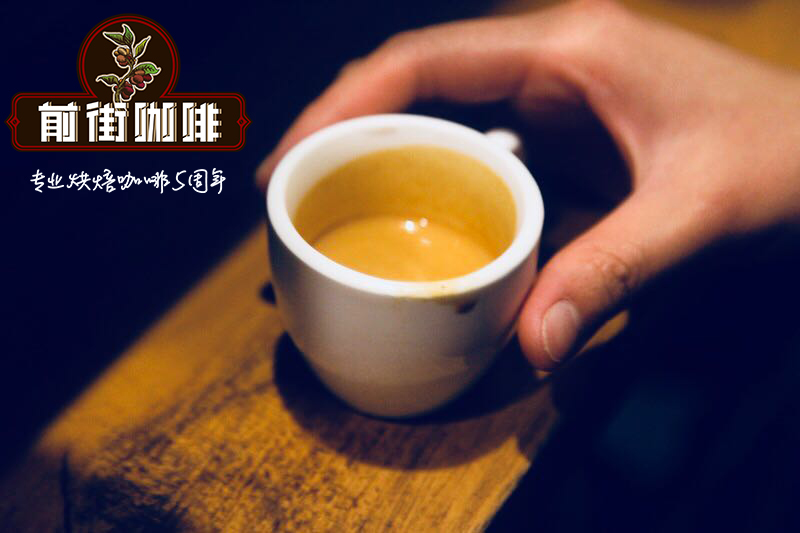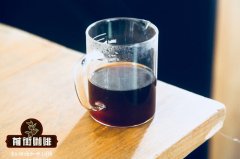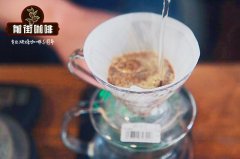Description of the flavor of coffee from La Tisa Manor in Guatemala and introduction to the manor
La Tisa Manor, Guatemala
Country: Guatemala
Grade: SHB
Production area: Fraijanes,Guatemala City
Altitude: 1675 m
Harvest time: October to February of the following year
Treatment: washing
Variety: bourbon, Kaddura
Processing plant: Ladisha Manor
Flavor: black tea, flower scent, rich caramel feeling
The Fraijanes producing area is surrounded by the capital, Guatemala City, with high altitude, abundant rainfall and great humidity variation. Ash from Pacaya, Guatemala's most active volcano, provides important minerals for the soil in the region, but occasionally affects human safety and infrastructure.
Unique geographical conditions of the Farahan Plateau-volcanic soil, high altitude, humid and rainy climate, active volcanic activity. The Pacaya volcano in the region is the most active of the three still erupting volcanoes in Guatemala, leaving the Farahan Plateau often shrouded in a thin layer of dust and providing plenty of minerals for the soil of the Farahan Plateau. The dry period of coffee beans is the sunny season on the Farahan Plateau. Although it is often cloudy and foggy in the early morning, it will dissipate quickly, ensuring sun conditions in the area. Coffee cultivation at La Tisha Manor on the Farahan Plateau began in 1920. The estate is planted with bourbon species, Kaddura, Pacamara, etc., with a variety of varieties. Of the 205acres (4046.8 square meters per acre) of the farm, 173acres are used to grow coffee. Another 32 acres of native forest is home to a variety of local wild species. There are several natural springs on the farm that provide adequate and high-quality irrigation for coffee plantations during the dry season, and they are also the power source for coffee processing plants (water for water treatment).

Important Notice :
前街咖啡 FrontStreet Coffee has moved to new addredd:
FrontStreet Coffee Address: 315,Donghua East Road,GuangZhou
Tel:020 38364473
- Prev

Yemeni mocha coffee is the first country to mass-produce coffee as a crop.
Professional coffee knowledge exchange more coffee bean information please follow Coffee Workshop (Wechat official account cafe_style) the world's three major coffee growing areas: Africa, Indonesia and Central and South America. Yemen was the first country in the world to produce coffee as a crop on a large scale. The cultivation and treatment of mocha coffee in Yemen today is the same as that of hundreds of years ago.
- Next

Red Wine treatment Coffee treated with refined Red Wine Honey at Hartmann Manor in Panama
Professional coffee knowledge exchange more coffee bean information please follow the coffee workshop (Wechat official account cafe_style) friends who have come into contact with coffee, must have heard: washing. In the sun. Wet planing. Honey treatment, and honey treatment is divided into white honey. Huang Mi. Red honey. Black honey. Wait. Is there another way to treat red wine with the latest technology? Red wine treatment: is red wine added when processing? So.
Related
- Detailed explanation of Jadeite planting Land in Panamanian Jadeite Manor introduction to the grading system of Jadeite competitive bidding, Red bid, Green bid and Rose Summer
- Story of Coffee planting in Brenka region of Costa Rica Stonehenge Manor anaerobic heavy honey treatment of flavor mouth
- What's on the barrel of Blue Mountain Coffee beans?
- Can American coffee also pull flowers? How to use hot American style to pull out a good-looking pattern?
- Can you make a cold extract with coffee beans? What is the right proportion for cold-extracted coffee formula?
- Indonesian PWN Gold Mandrine Coffee Origin Features Flavor How to Chong? Mandolin coffee is American.
- A brief introduction to the flavor characteristics of Brazilian yellow bourbon coffee beans
- What is the effect of different water quality on the flavor of cold-extracted coffee? What kind of water is best for brewing coffee?
- Why do you think of Rose Summer whenever you mention Panamanian coffee?
- Introduction to the characteristics of authentic blue mountain coffee bean producing areas? What is the CIB Coffee Authority in Jamaica?

